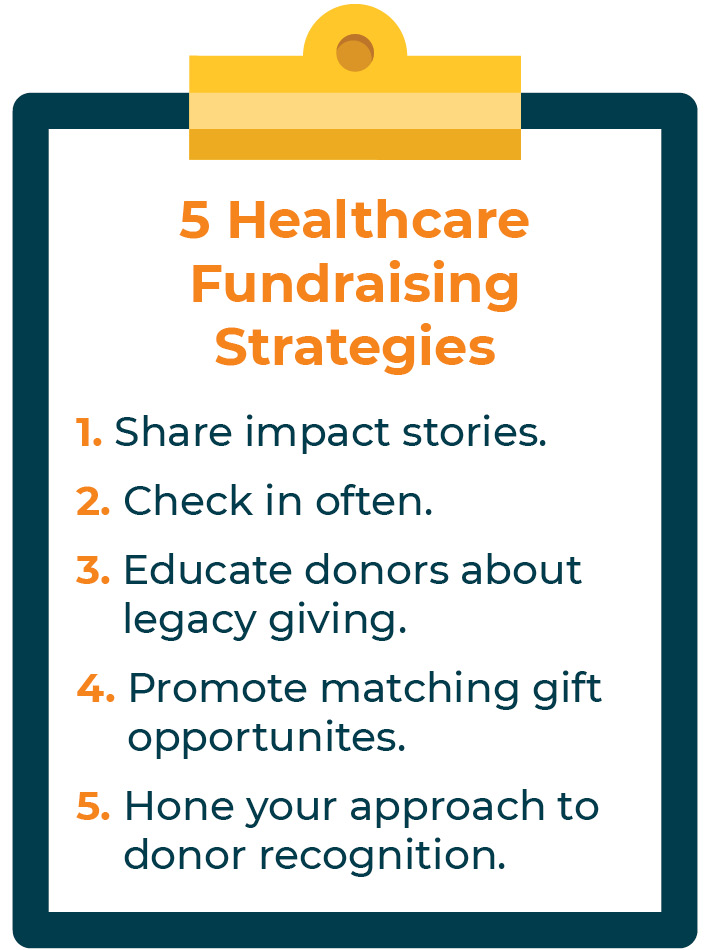Nonprofit Agency: Expert Solutions to Assistance Your Mission and Goals
Wiki Article
The Role of Neighborhood Engagement in Nonprofit Fundraising: Building Lasting Relationships for Sustainable Support
Neighborhood interaction is progressively recognized as a vital part of successful nonprofit fundraising. The methods and methods used to engage areas vary extensively, raising crucial inquiries regarding effectiveness and effect.Understanding Area Engagement
Area interaction is a vital part of effective not-for-profit fundraising efforts. It refers to the techniques and activities that companies utilize to get in touch with their regional neighborhoods, fostering connections that are equally helpful. Comprehending community engagement involves identifying its complex nature, that includes collaboration, outreach, and participation. Nonprofits have to recognize key stakeholders-- such as area members, neighborhood businesses, and various other companies-- to produce efficient engagement methods.Reliable community interaction is based on active listening and responsiveness to the demands and passions of the community. This procedure involves soliciting responses, recognizing area characteristics, and guaranteeing that the organization's goal aligns with neighborhood priorities. Involving the neighborhood can take numerous types, including public conferences, volunteer opportunities, and collaboration initiatives, each developed to motivate participation and investment in the organization's objectives.
Furthermore, neighborhood engagement should be approached as a recurring discussion as opposed to an one-time effort. By fostering an inclusive environment where neighborhood voices are listened to and valued, nonprofits can construct a solid foundation for future fundraising undertakings. Ultimately, a deep understanding of community interaction encourages organizations to develop genuine links that boost their general effectiveness and sustainability.
Advantages of Strong Relationships
Strong relationships created via community involvement yield countless advantages for not-for-profit fundraising initiatives. Most importantly, these connections foster trust fund and integrity, necessary components in encouraging benefactors to contribute. When prospective supporters see a not-for-profit proactively associated with their community, they are most likely to count on its objective and effect.
Moreover, these connections help with efficient interaction. Nonprofits can utilize their links to share tales of effect, updates, and requires, making certain that advocates remain educated and engaged. This open line of interaction not just strengthens bonds however also urges referral promo, broadening the nonprofit's reach.
Lastly, strong area ties can bring in brand-new companions and sponsors. People and services are more inclined to line up with organizations that demonstrate significant neighborhood participation, providing added sources and assistance that can substantially enhance fundraising abilities. Therefore, cultivating durable connections through neighborhood interaction is indispensable to a nonprofit's lasting fundraising success.
Approaches for Reliable Engagement
How can nonprofits efficiently engage their communities to enhance fundraising initiatives? Developing targeted strategies is essential for cultivating purposeful connections. Initially, leveraging social media sites platforms allows companies to share their objective dynamically and interactively, getting to a wider audience. Routine updates, involving material, and calls-to-action can galvanize community interest and involvement.Second, hosting community events, such as workshops, volunteer possibilities, or fundraising drives, promotes in person communication, permitting nonprofits to display their impact and efforts. These events not just raise funds however also grow partnerships and enable community participants to engage directly with the reason.
nonprofit agency Third, implementing tailored interaction approaches can enhance involvement. Customizing messages to certain contributor sections based upon interests and past contributions promotes a feeling of belonging and financial investment in the organization's objective.
Lastly, developing partnerships with regional businesses and neighborhood leaders can magnify outreach initiatives. Collaborative initiatives can improve exposure and credibility, demonstrating a cumulative dedication to the community's health. By integrating these approaches, nonprofits can construct long-term partnerships that boost fundraising efforts and drive sustainable assistance.
Determining Interaction Success
While engaging the neighborhood is critical for effective not-for-profit fundraising, determining the effectiveness of these interaction efforts is equally essential. Establishing clear metrics enables organizations to assess just how well they are attaching with their audience and accomplishing their fundraising objectives. Secret efficiency indications (KPIs) such as contributor retention rates, volunteer engagement degrees, and interaction on social media platforms supply concrete data for evaluation.
Routinely assessing these metrics enables companies to pivot their methods when required, guaranteeing that neighborhood engagement continues to be straightened with their overall objective. Moreover, sharing these results with stakeholders cultivates transparency and constructs count on, urging further neighborhood participation. Eventually, a durable measurement structure not only educates future fundraising campaigns but also strengthens the partnership between the nonprofit and its supporters, preparing for lasting success.
Study in Area Impact
Various instance research studies highlight the profound effect that neighborhood interaction can carry not-for-profit fundraising success. One remarkable instance is the "Something to chew on" initiative, where a regional food financial institution partnered with institutions and organizations to host community suppers. These events not just raised funds however likewise fostered a sense of belonging among participants, significantly raising contributor retention prices.Another engaging instance is the "Eco-friendly Spaces Project," which entailed local residents in the revitalization of urban parks. This initiative not just gathered financial backing from local companies yet additionally cultivated a volunteer base that contributed to recurring upkeep and shows. The feeling of ownership and pride among area members translated right into sustained payments.
In the realm of arts, the "Art for All" project successfully engaged regional musicians and customers to produce collective art setups, causing enhanced exposure and donations for a regional arts nonprofit.
These examples highlight that when nonprofits prioritize neighborhood involvement, they can produce enduring partnerships that boost fundraising efforts, ensuring lasting assistance and fostering a lively neighborhood culture. Such situations show that area engagement is not just a method yet a necessary pillar of nonprofit success.
Conclusion
Finally, area interaction is indispensable to the success of nonprofit fundraising efforts. By fostering strong connections with local stakeholders, organizations boost trust fund and reliability, resulting in improved donor retention and loyalty. Applying efficient interaction methods and measuring their impact guarantees that nonprofits can adjust and prosper. Eventually, a robust foundation of area support not only amplifies fundraising possible yet additionally grows a culture of cooperation, important for accomplishing long-lasting organizational objectives and maintaining significant influence.Nonprofits must recognize essential stakeholders-- such as area members, neighborhood businesses, and various other organizations-- to create efficient interaction strategies.

In verdict, community involvement is integral to the success of not-for-profit fundraising efforts.
Report this wiki page